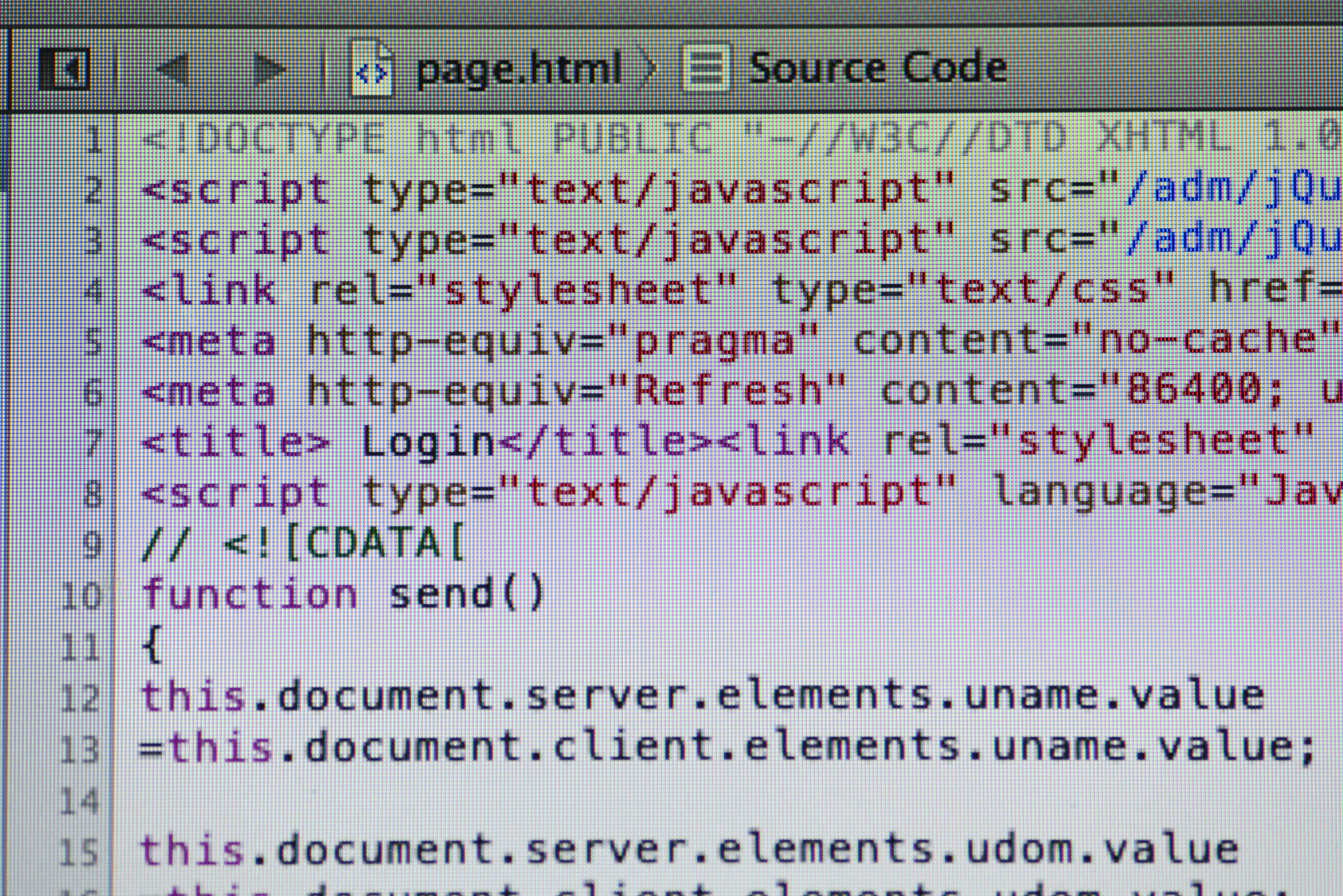linux c要如何实现钩子
在Linux C中,可以通过信号和系统调用来实现钩子。
- 使用信号:Linux中的信号是一种进程间通信机制,可以用于在特定事件发生时通知进程执行相应操作。可以使用signal函数或sigaction函数来注册信号处理程序。在信号处理程序中,可以执行需要的操作,例如记录日志或执行特定的函数。
示例代码:
#include <stdio.h>
#include <stdlib.h>
#include <unistd.h>
#include <signal.h>
void sigHandler(int sig) {
// 执行需要的操作
printf("Signal received: %d\n", sig);
// ...
}
int main() {
// 注册信号处理程序
signal(SIGINT, sigHandler);
signal(SIGTERM, sigHandler);
// 执行主要逻辑
while (1) {
// ...
sleep(1);
}
return 0;
}
上述示例代码注册了SIGINT和SIGTERM信号的处理程序,当接收到这两个信号时,会执行sigHandler函数中定义的操作。
- 使用系统调用:Linux提供了一些系统调用,可以在特定事件发生时执行相应的操作。例如,可以使用inotify机制来监控文件或目录的变化,并在变化发生时执行相应的操作。
示例代码:
#include <stdio.h>
#include <stdlib.h>
#include <unistd.h>
#include <sys/inotify.h>
int main() {
int fd = inotify_init();
if (fd < 0) {
perror("inotify_init");
exit(1);
}
int wd = inotify_add_watch(fd, "/path/to/file", IN_MODIFY);
if (wd < 0) {
perror("inotify_add_watch");
exit(1);
}
char buf[4096];
while (1) {
int len = read(fd, buf, sizeof(buf));
if (len < 0) {
perror("read");
exit(1);
}
// 处理事件
struct inotify_event *event = (struct inotify_event *)buf;
if (event->mask & IN_MODIFY) {
printf("File modified\n");
// 执行需要的操作
// ...
}
}
close(fd);
return 0;
}
上述示例代码使用inotify机制监控文件的修改事件,当文件被修改时,会执行相应的操作。
以上是两种实现钩子的方法,具体使用哪种方法取决于具体的需求和场景

原文地址: https://www.cveoy.top/t/topic/i0qz 著作权归作者所有。请勿转载和采集!